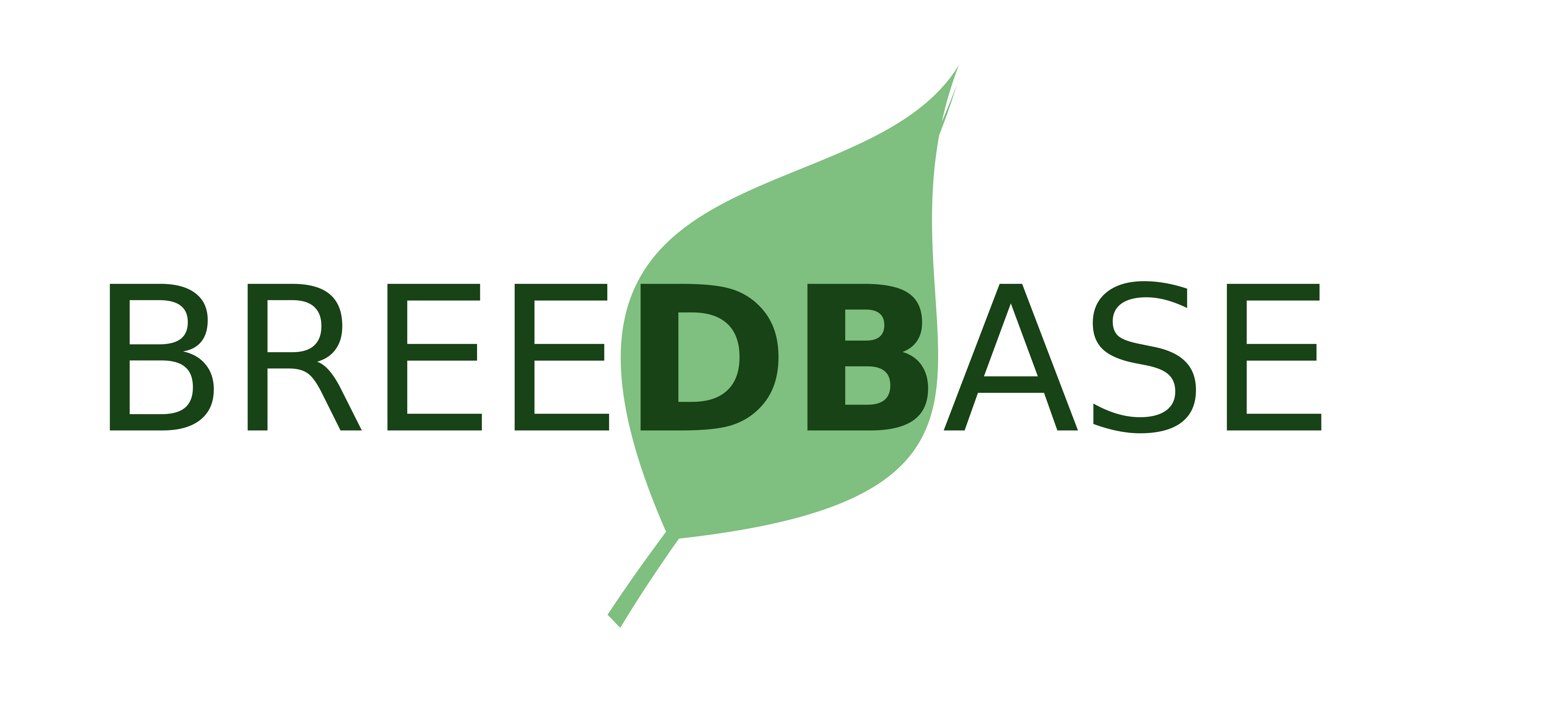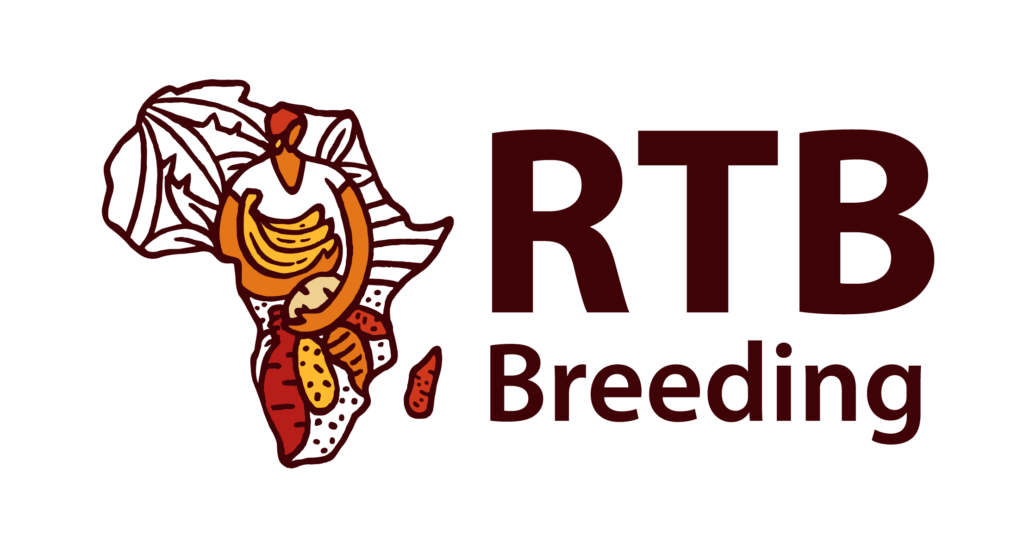
Instructions for using the SecreTary signal peptide predictor
| About Prediction | SecreTary Tool | SecreTary Instructions |
SecreTary is for prediction of signal peptides from the amino acid sequence of a protein. Signal peptides generally possess a common structural design, which is characterized by a short, positively charged n-region followed by a hydrophobic region (h-region) and a somewhat polar and uncharged cleavage site (c-region). It should be more emphasized that the h-region is known to be important for the translocation of the signal peptides to the ER. To improve the performance of the signal peptide prediction, we have developed new parameters such as the overall hydrophobicity and amino acid composition in the h-region as input. SecreTary is mainly trained and tested on the plant secretome that has been identified through functional screens including a yeast secretion trap.
Questions or suggestions about SecreTary should be addressed to Jocelyn K.C. Rose ( jr286@cornell.edu).
| 1. Input Sequences |
The amino acid sequences can be input by pasting one or more protein sequences, in FASTA format into the SecreTary input page. SecreTary analyses proteins at a rate of approximate 80/second. At present there is a limit of 10000 sequences. All the input sequences must be in one-letter amino acid code, not case-sensitive. All letters of the alphabet are accepted, but B J O U and Z are replaced by X before analysis.
An example:
>P05117_TomatoMVIQRNSILLLIIIFASSISTCRSNVIDDNLFKQVYDNILEQEFAHDFQAYLSYLSKNIESNNNIDKVDKNGIKVINVLSFGAKGDGKTYDNIAFEQAWNEACSSRTPVQFVVPKNKNYLLKQITFSGPCRSSISVKIFGSLEASSKISDYKDRRLWIAFDSVQNLVVGGGGTINGNGQVWWPSSCKINKSLPCRDAPTALTFWNCKNLKVNNLKSKNAQQIHIKFESCTNVVASNLMINASAKSPNTDGVHVSNTQYIQISDTIIGTGDDCISIVSGSQNVQATNITCGPGHGISIGSLGSGNSEAYVSNVTVNEAKIIGAENGVRIKTWQGGSGQASNIKFLNVEMQDVKYPIIIDQNYCDRVEPCIQQFSAVQVKNVVYENIKGTSATKVAIKFDCSTNFPCEGIIMENINLVGESGKPSEATCKNVHFNNAEHVTPHCTSLEISEDEALLYNY
| 2. Submission |
| 3. Output |
For each sequence SecreTary gives a score; sequences with scores greater than or equal to 0.75 are predicted to have a signal peptide. For each predicted signal peptide the predicted length is shown, and the location of the hydrophobic region (in blue ) within the predicted signal peptide (in yellow ). On the input page you can choose to sort the output by score, with the higher scores (strongest candidates) at the top, and you can suppress output for sequences with no predicted signal peptide.
An example:
Identifier SP Score Length Sequence 10 20 30 40 50 60
| | | | | |
AT1G50920.1 NO 0 - MVQYNFKRITVVPNGKEFVDIILSRTQRQTPTVVHKGYKINRLRQFYMRKVKYTQTNFHAKL...
AT1G36960.1 NO 0 - MTRLLPYKGGDFLGPDFLTFIDLCVQVRGIPLPYLSELTVSFIAGTLGPILEMEFNQDTSTY...
AT1G44020.1 NO 0 - MDSESESKLISFISQLVSRNNTDSENISCMIQTISLVSSMDLKSQPKPESKLMSLVTQTISL...
AT1G15970.1 NO 0 - MSVPPRFRSVNSDEREFRSVLGPTGNKLQRKPPGMKLEKPMMEKTIIDSKDEKAKKPTTPAS...
AT1G73440.1 NO 0 - MARGESEGESSGSERESSSSSSGNESEPTKGTISKYEKQRLSRIAENKARLDALGISKAAKA...
AT1G75120.1 YES 0.8875 31 MAVRKEKVQPFRECGIAIAVLVGIFIGCVCTILIPNDFVNFRSSKVASASCESPERVKMFKA...
AT1G17600.1 NO 0 - MVSSSAPRVSKYDVFLSFRGEDTRKTIVSHLYAALDSRGIVTFKDDQRLEIGDHISDELHRA...
AT1G51380.1 NO 0 - MEGTLDEENLVFETTKGIKPIKSFDDMGMNDKVLRGVYDYGYKKPSEIQQRALVPILKGRDV...
AT1G77370.1 YES 0.7625 26 MVDQSPRRVVVAALLLFVVLCDLSNSAGAANSVSAFVQNAILSNKIVIFSKSYCPYCLRSKR...
AT1G44090.1 NO 0 - MCIYASRQTVCPYLTPFKVKRPKSREMNSSDVNFSLLQSQPNVPAEFFWPEKDVAPSEGDLD...
2 secreted sequences predicted out of 10.
| 4. Getting help |





